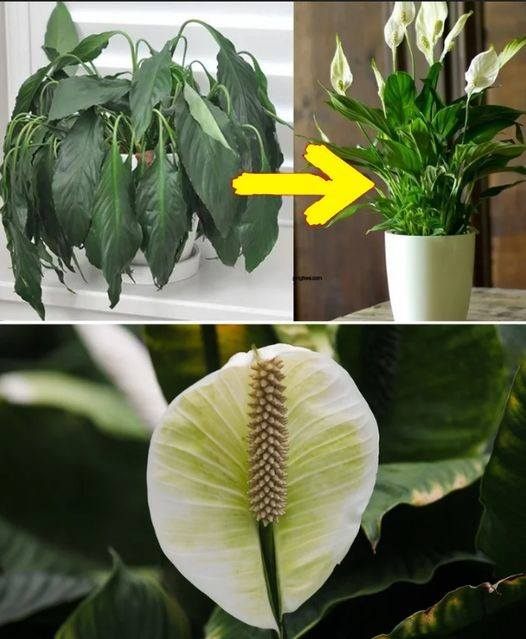ADVERTISEMENT
How to Apply Epsom Salt to Your Plants
The beauty of this method is that it’s incredibly easy to implement. Here’s how to do it:
- Use a Tablespoon per Plant: Simply sprinkle about one tablespoon of Epsom salt around the base of your plant, ensuring it’s evenly distributed. Make sure to avoid applying too much, as excess salt can harm the plant.
- Water the Plant: After sprinkling the Epsom salt, water the plant thoroughly. This helps dissolve the salt, allowing it to reach the roots where it can be absorbed.
- Apply Monthly: For best results, apply Epsom salt once a month. You can adjust the frequency depending on your plant’s needs and the health of the soil. However, avoid overusing it, as too much salt can lead to soil imbalances.
When to Avoid Using Epsom Salt
While Epsom salt can be a wonderful boost for most plants, it’s important to remember that not all plants require it. Here are a few situations where you should be cautious:
- If your soil already contains enough magnesium and sulfur: Before applying Epsom salt, it’s a good idea to have your soil tested to ensure it’s lacking these nutrients. Over-fertilizing can cause more harm than good.
- For salt-sensitive plants: Some plants, especially those that are more sensitive to salts, may not react well to the application of Epsom salt. Always observe your plants closely after using Epsom salt to ensure they’re responding positively.
Other Uses of Epsom Salt in the Garden
Epsom salt isn’t just great for individual plants. It can also be used for a variety of other gardening purposes:
- For Your Lawn: Apply Epsom salt to your lawn to promote greener, healthier grass. Simply sprinkle it across your lawn and water it in.
- For Seed Starting: Adding a small amount of Epsom salt to the soil when starting seeds can help promote healthy growth from the very beginning.
- For Tomato Plants: Tomato plants, in particular, benefit from Epsom salt, as magnesium helps prevent issues like blossom end rot and promotes better fruit production.
Conclusion
Adding a tablespoon of Epsom salt to your plants is a simple yet powerful way to improve their health and vitality. From promoting greener leaves and stronger roots to enhancing flower and fruit production, the benefits of Epsom salt are undeniable. Best of all, it’s an easy, low-cost way to give your plants the nutrients they need to thrive.
So, the next time you’re tending to your plants, consider adding a tablespoon of Epsom salt around the base of each one. You might just be amazed at the results—greener, healthier plants that will thrive and brighten up your home for years to come!
